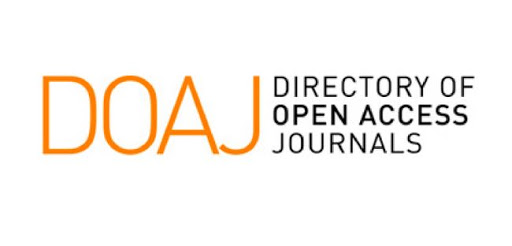Paper ID : SMJ2704225604452 | View : 18

Abstract : Introduction: End-stage kidney disease (ESKD) is a global health challenge that contribute to substantial patients’ morbidity and mortality. Optimizing the management of ESKD complications is a critical role of the dialysis care-team. In this study, we aim to explore the state of anemia and electrolytes control among our hemodialysis patients in order to facilitate initiatives aiming to optimize the management and outcomes of this population. Methods: in this observational study, we examined the characteristics and laboratory profiles of hemodialysis patients at a large tertiary hospital in Saudi Arabia. Data were analyzed and described using Microsoft excel analytic functions. Results: A total of 258 HD patients were included in this study. The mean age was 53.5±16.6, and 62% were male. Diabetes was the leading cause of ESKD (52%), followed by hypertension (21%). Half of the patients were using catheters as hemodialysis access. Forty-one percent of the patients had a hemoglobin level within the guidelines target (10 – 12 g/dL), while 44% had lower levels. For phosphate, only 34% of patient had a normal (target) phosphate level, with majority having hyperphosphatemia (58%). Conclusion: Anemia and hyperphosphatemia managements are suboptimal among our HD population, with unacceptable high rate of catheter use as a dialysis access. More efforts are needed to optimize the management of hemodialysis patients, ideally through a multidisciplinary contentious quality improvement.










